Joseph Muhlbacher's BunkerJoseph Muhlbacher (1876-1955)
About the Artist/Site
We traveled by caravan, through mudholes and crop fields, about a half hour outside of Cheyenne, Oklahoma. Deep on private property are the ruins of the home and life of an unusually reclusive man named Joseph Muhlbacher.
Joseph Muhlbacher immigrated from Austria (some sources say Russia or Germany) some time before 1905. From his landing in New York, he made his way cross country, eventually settling in the small, conservative town of Cheyenne, Oklahoma. There, he purchased several acres of red clay farmland and began homesteading the property. From scavenged materials, Muhlbacher constructed a house and a barn, and settled into a quiet life of solitude and eccentricity.
The wooden portion of Joseph Muhlbacher’s house burned to the ground many years ago, with pieces of its tin roof scattered and oxidizing. All that is left of his home is a single room made of rock and crumbling mortar. The room, about 19 x 22 feet, is partially underground, thick walled and fortified, a bunker. Its roof of cement or mortar is flat and where disobedient teenagers would later dance to the music of Muhlbacher’s accordion. Above the roof stood a lookout tower, where Muhlbacher could watch in all directions for silently approaching Germans. It has since collapsed, landing on the roof. Pipes set into the outside walls were meant to look like cannons, ready to fire on invading armies.
Outside, at the southeast corner, stands a large sculpted figure of two people, a man and a woman, connected back to back. Grotesque and alarming, the 7-foot sculpture dominates the property with its moody, foreboding presence. The male side stands as protector, facing out away from the house. And the female sits cross-legged, attending the home, with the letters
S U F F R A G I S [sic] worn as a crown. Inside, the bunker is a crowded unfinished room with bare earth floor. At the room’s center, from floor to ceiling and stretching up into the corners of the ceiling, is a wire armature covered in white cement. The cement is sculpted, and shaped almost like bone or vertebrae. Not appearing to support the roof in any way, it lends a skeletal feel to the interior.
Stories of Joseph Muhlbacher are few, but most describe him as a likeable hermit. He farmed the land and played accordion, never quite connecting with the staid traditional citizens of Cheyenne. Offended by his anatomically correct art, a group of church ladies stormed his fort one afternoon, destroying many of Muhlbacher’s sculptures. The police did nothing, and a powerless Joe sat on the ground and cried.
As the house dissolves back into earth, so do the stories of the strange man that lived outside the town of Cheyenne, Oklahoma. Joseph Muhlbacher died in 1955 and is buried alone in a nearby cemetery. Having no children or family, most of Muhlbacher’s life has been forgotten, and reclaimed by the elements. The site is not visible from the public road, and is accessible only with a four-wheel drive with no direct route. As it is on private property, visitation is not advised.
~Angele Fahey
Materials
concrete
SPACES Archives Holdings
1 folder: clippings, images
Map & Site Information
Cheyenne, Oklahoma, 73628
us
Latitude/Longitude: 35.6139371 / -99.6714939
Nearby Environments


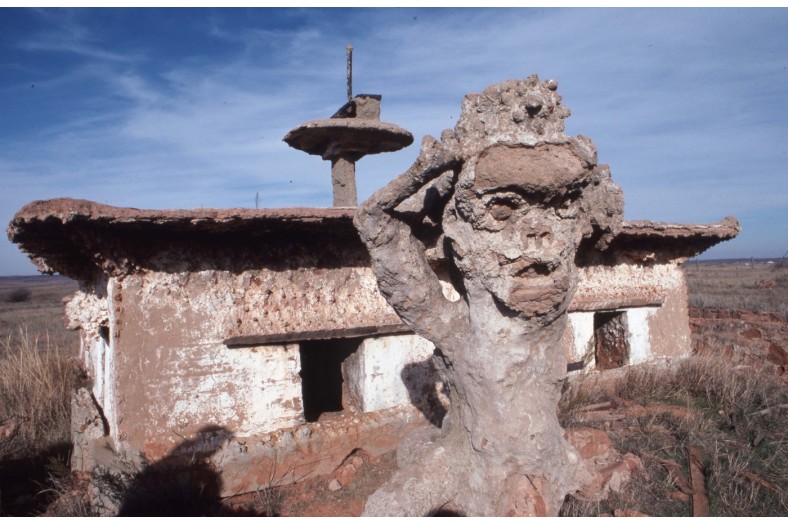
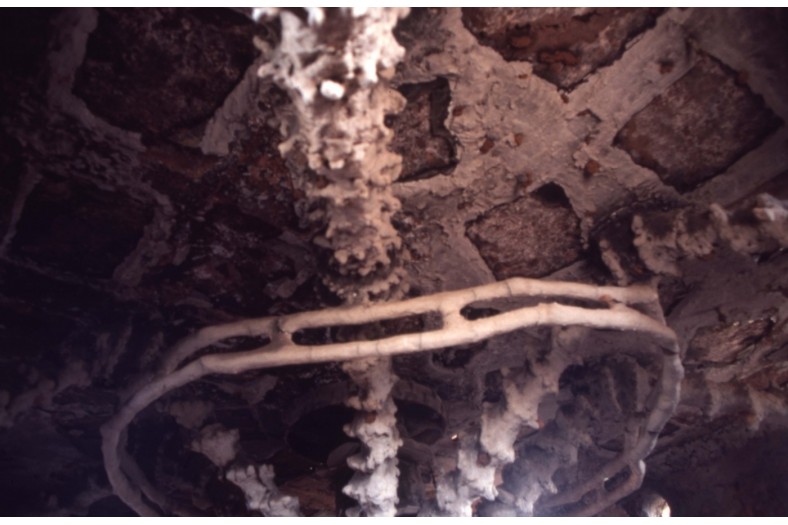
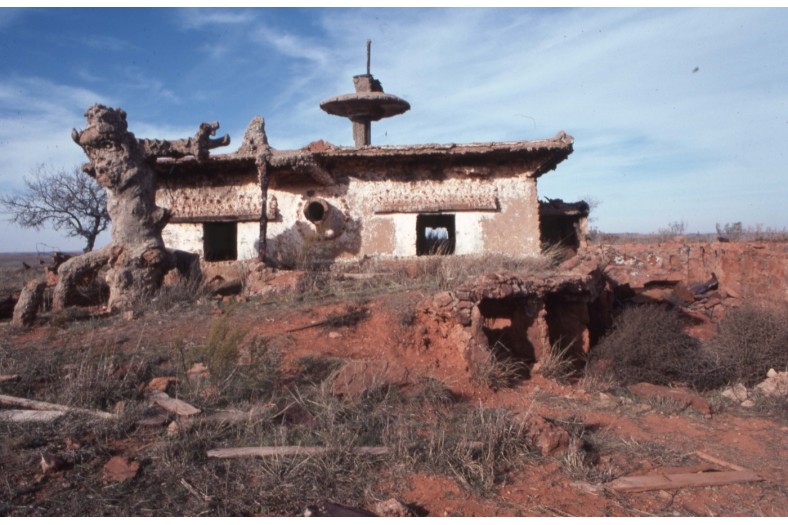
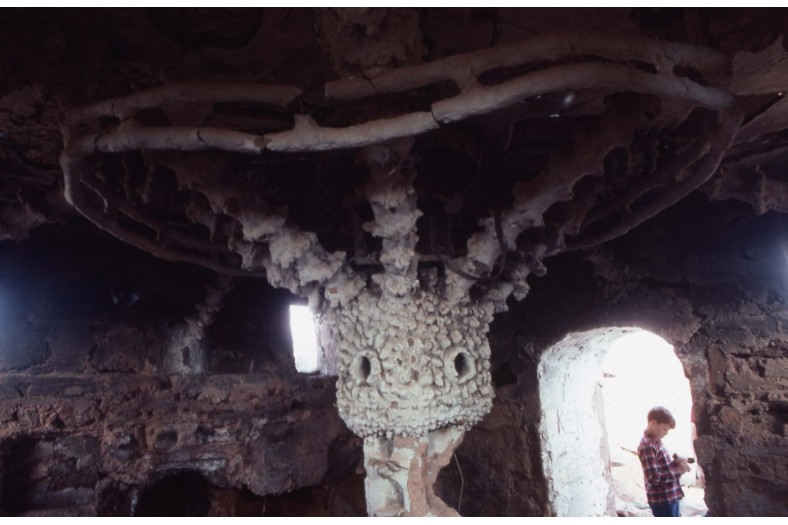
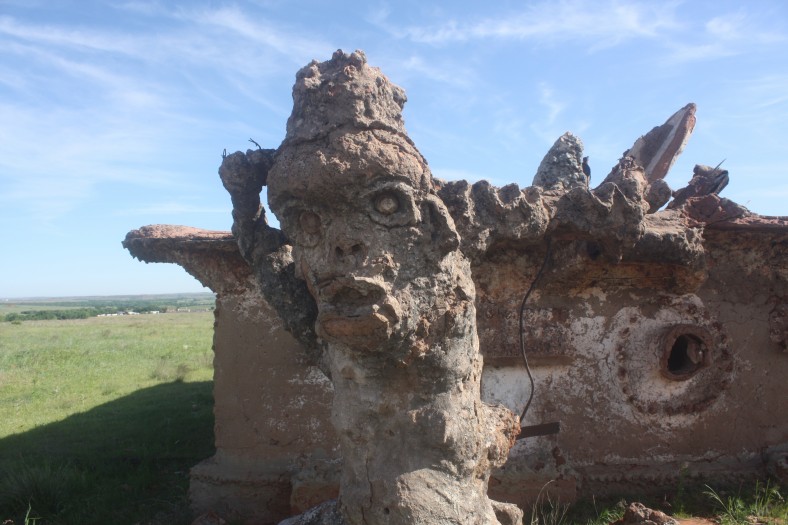
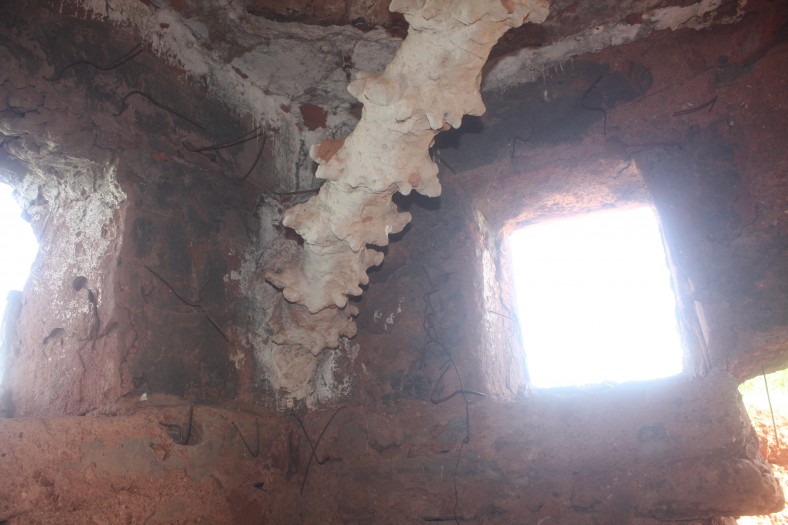
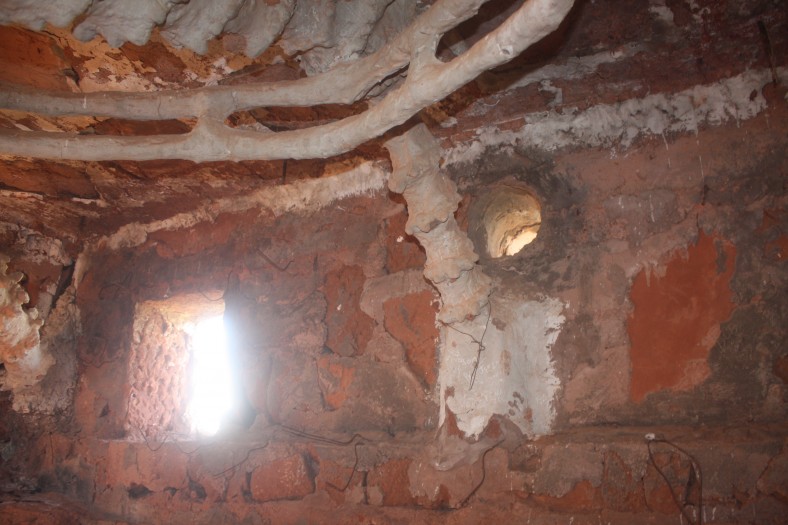
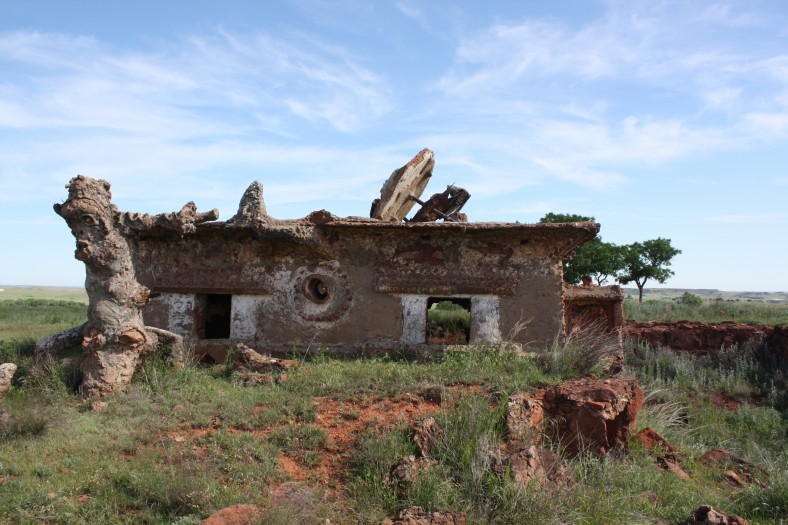
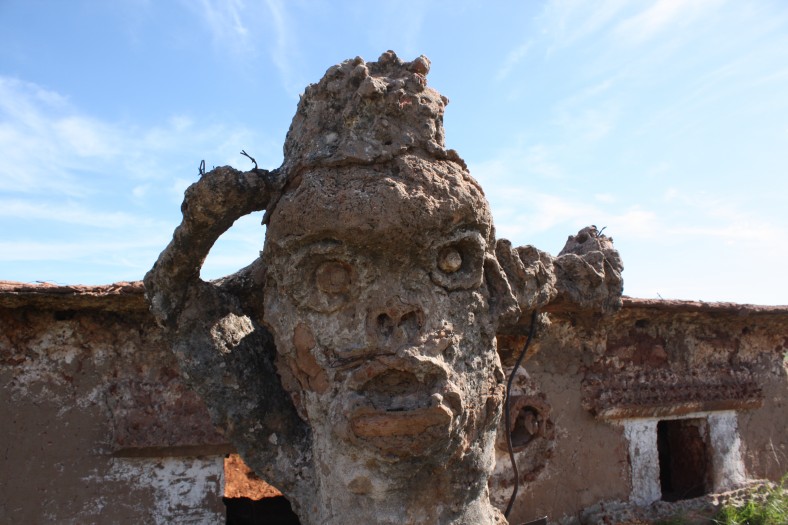
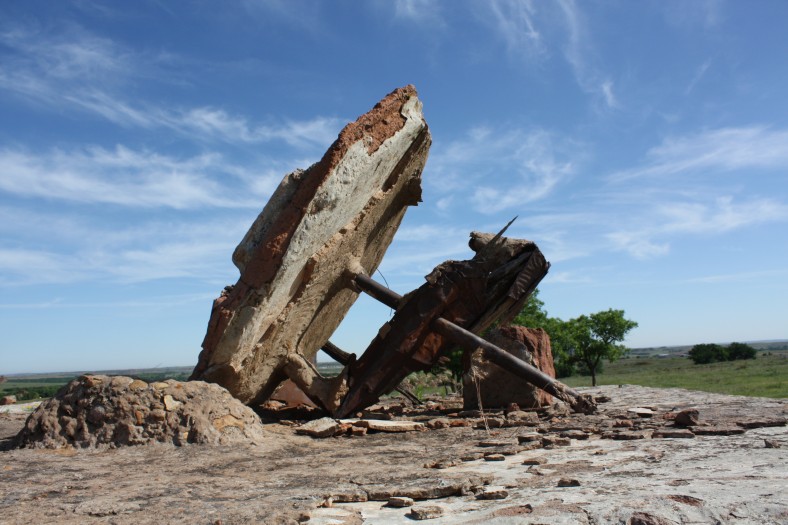
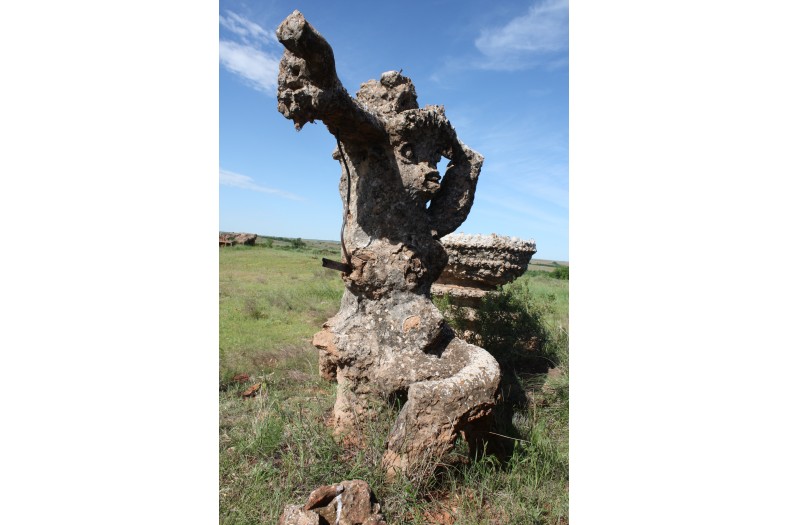
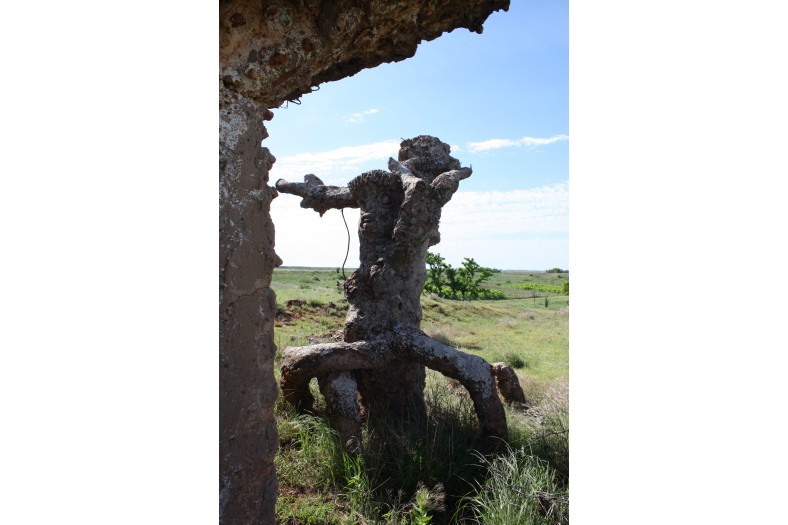
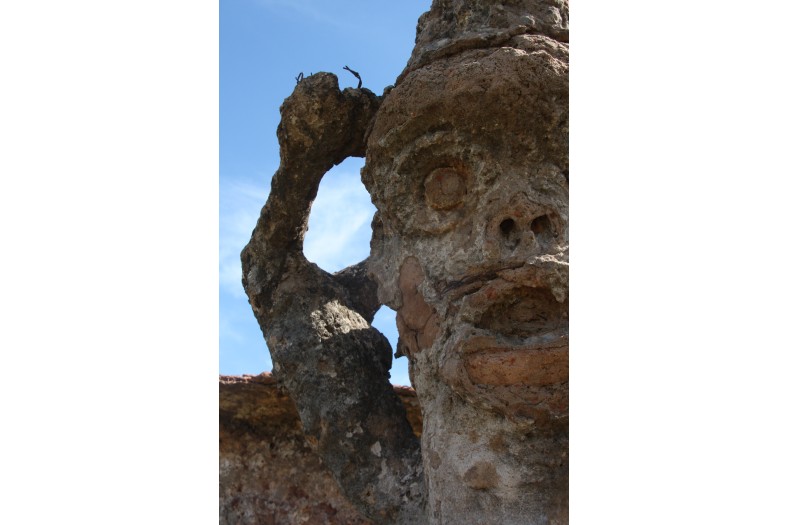
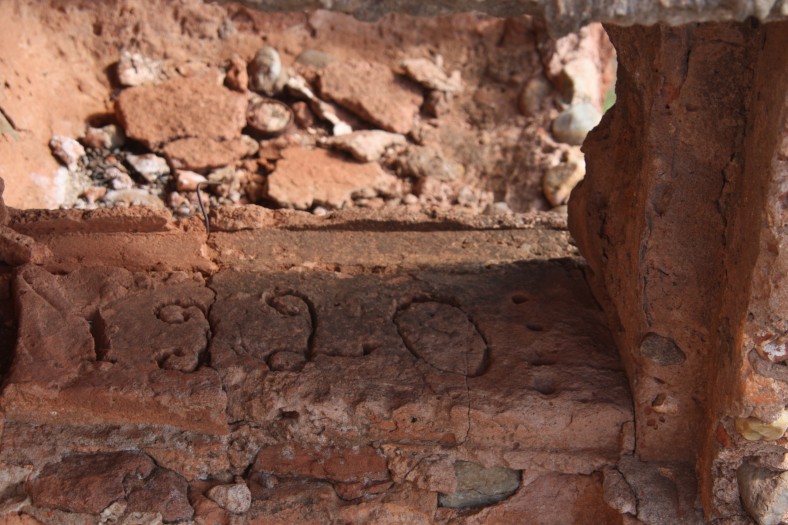
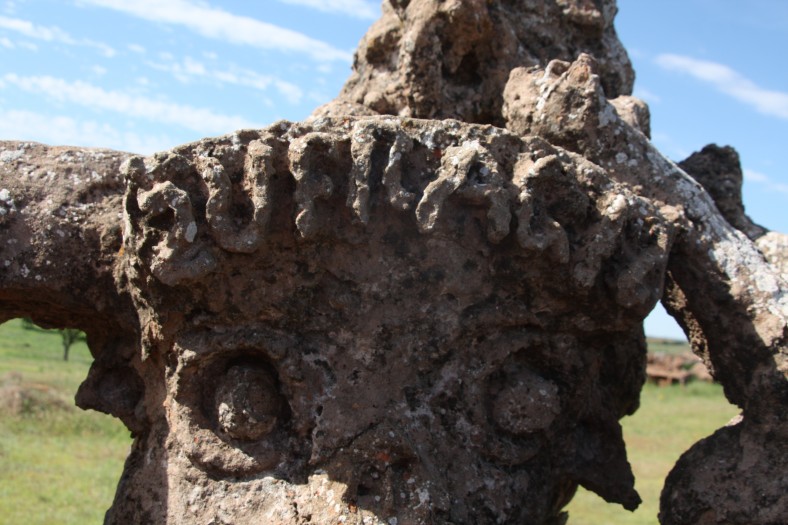
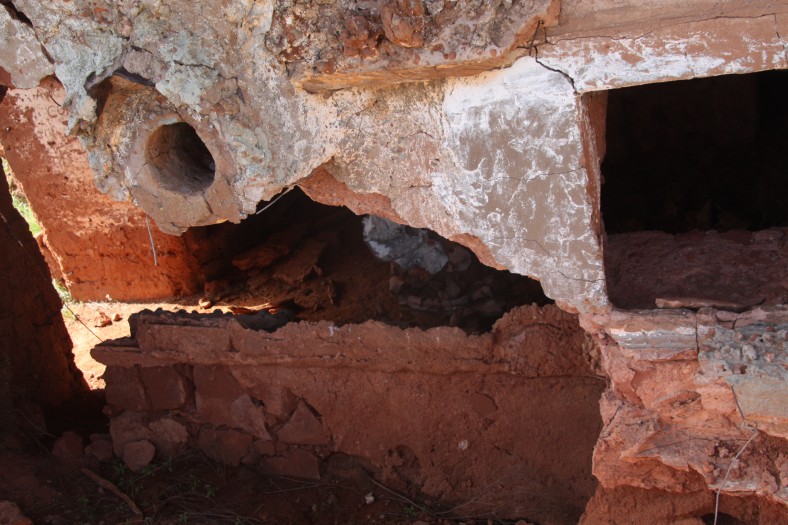
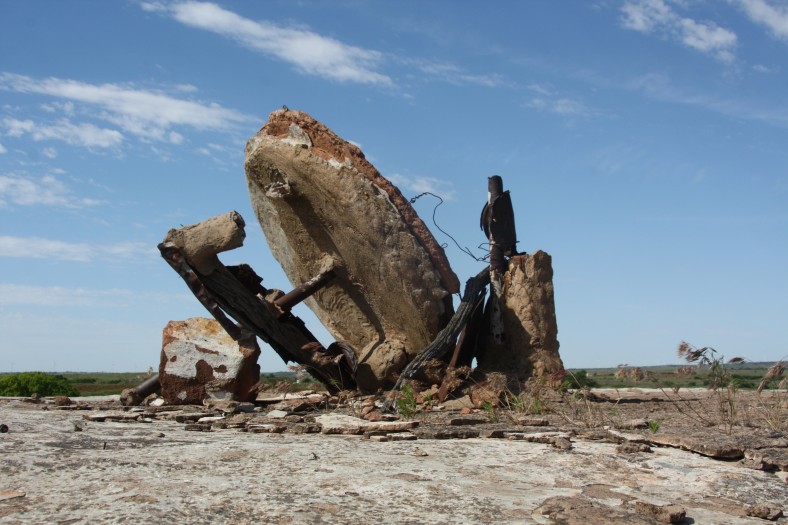
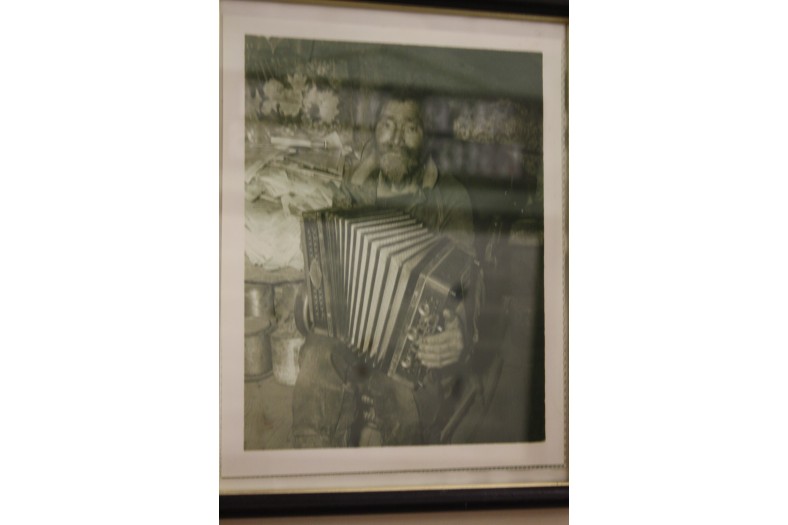
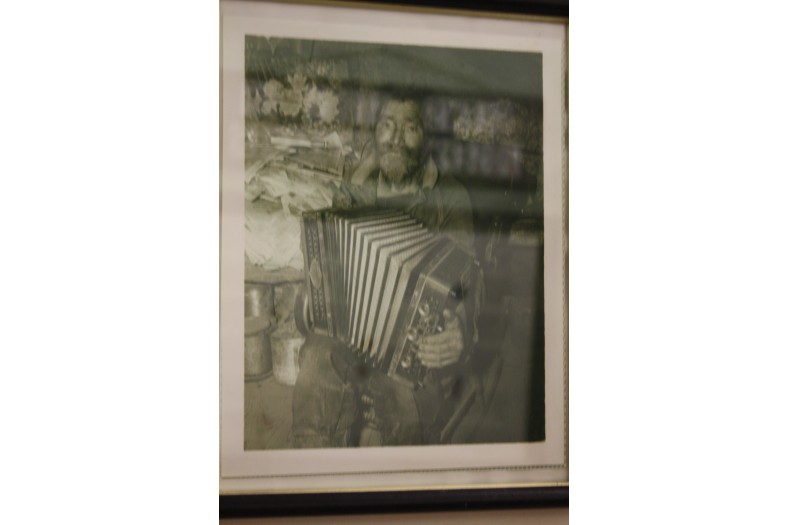
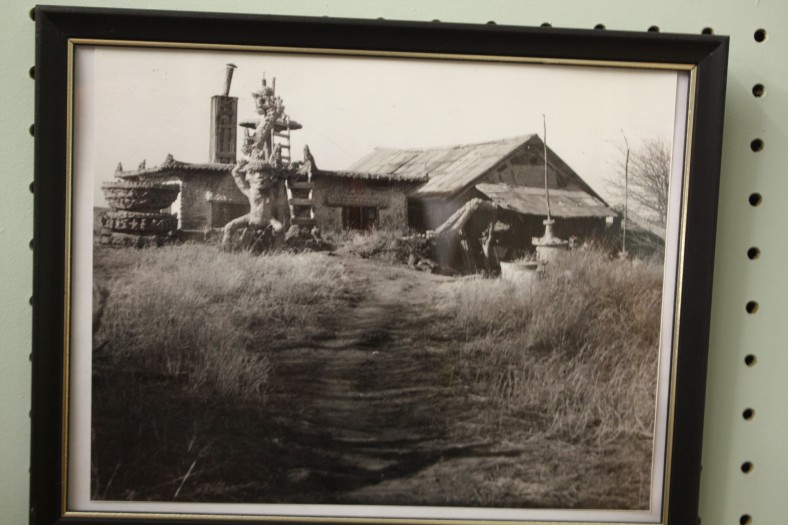
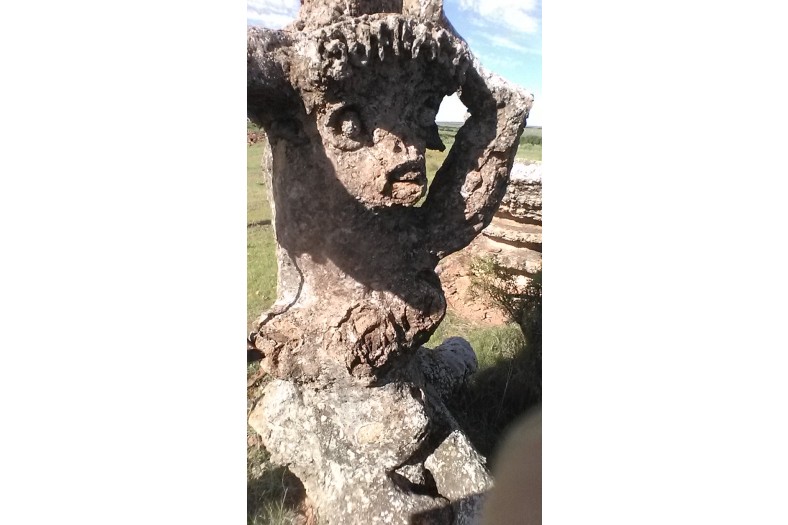
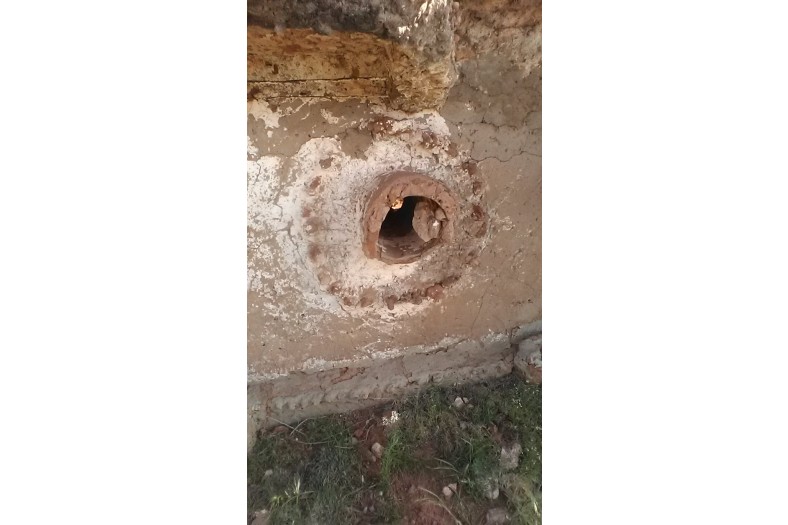
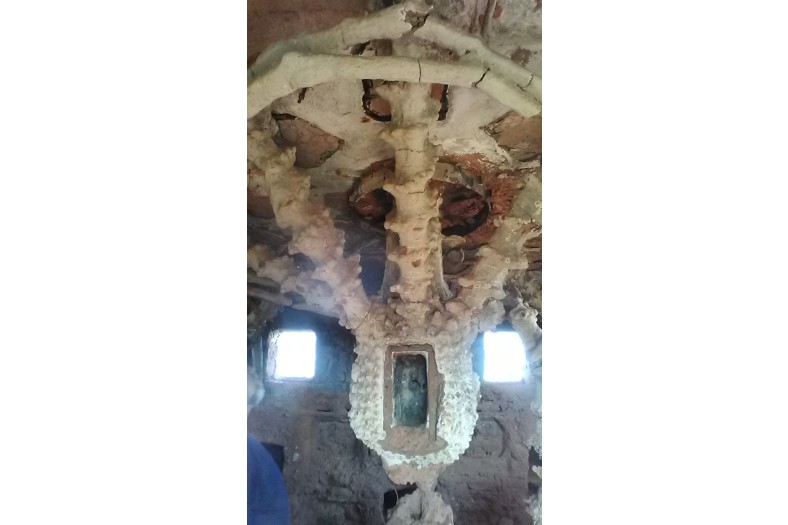
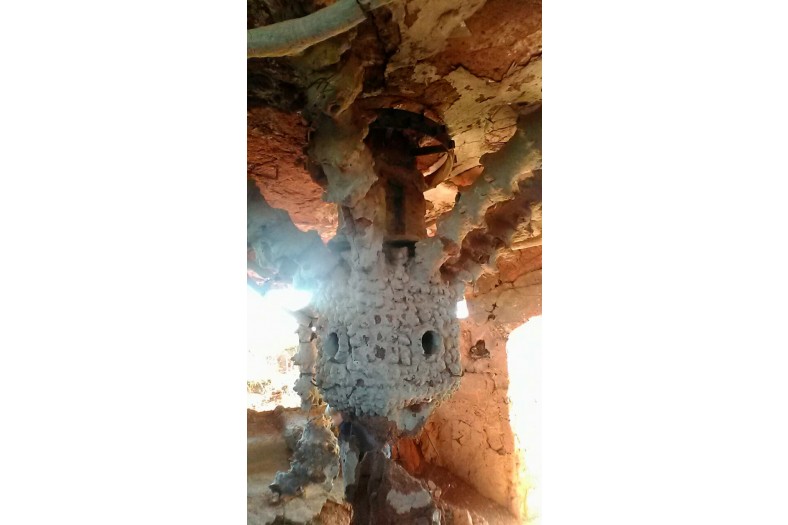
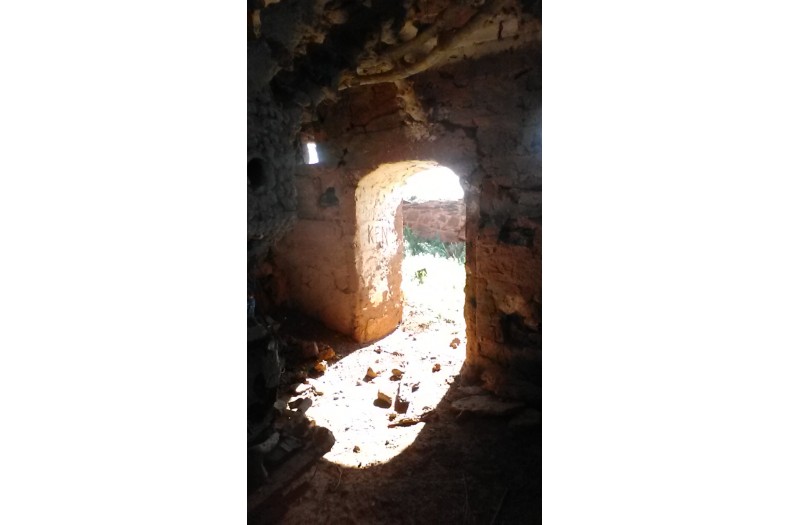
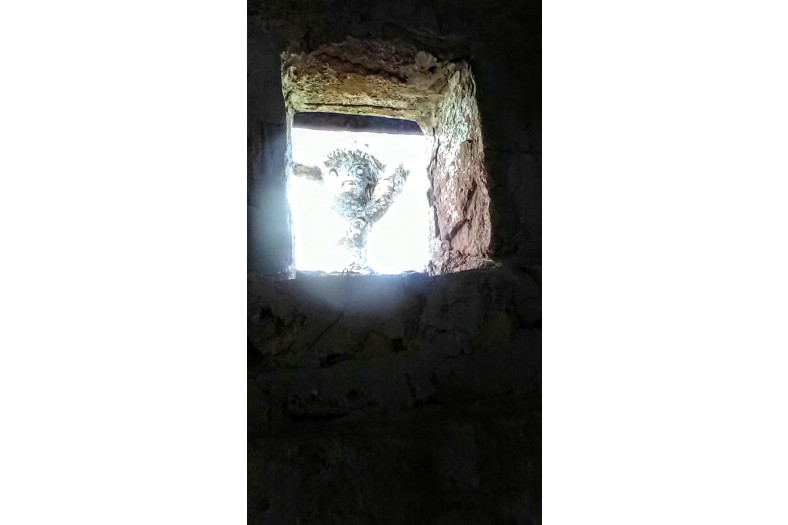
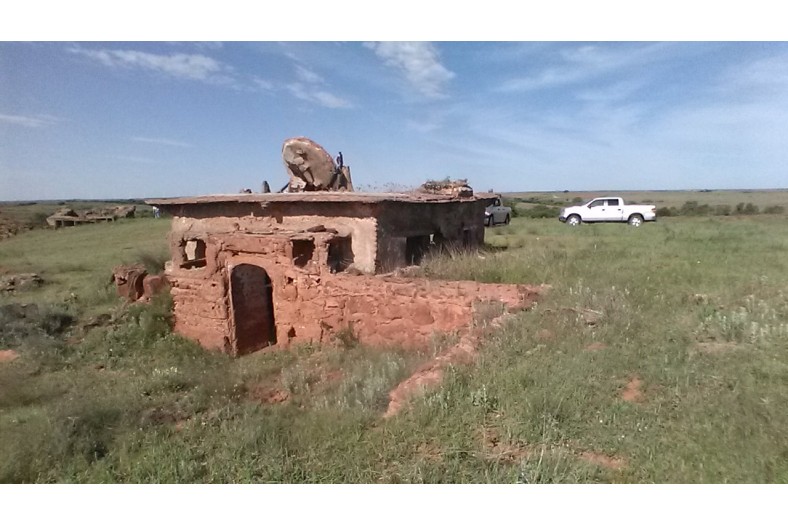
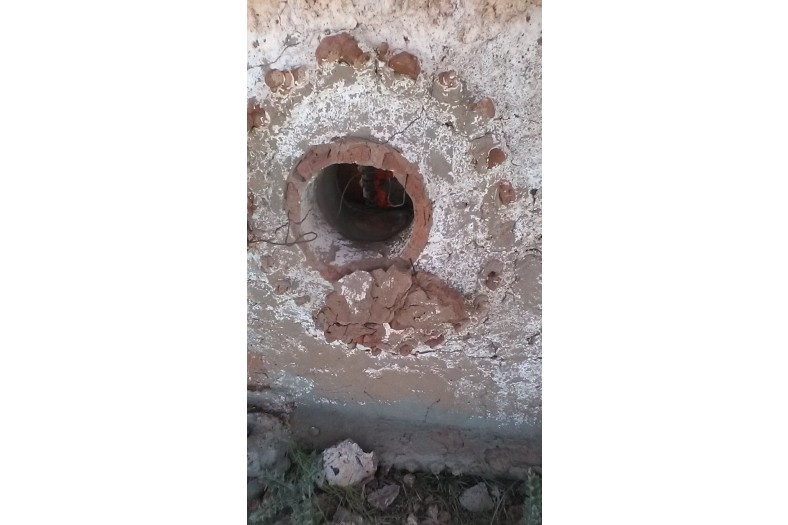
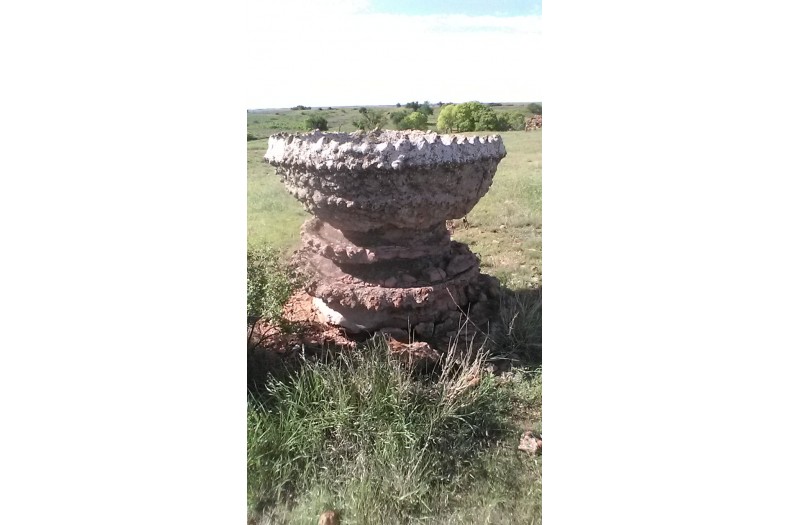
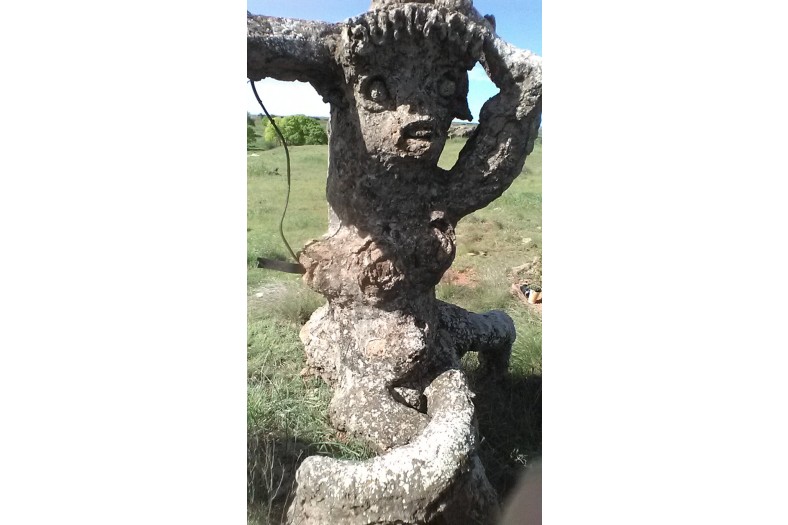
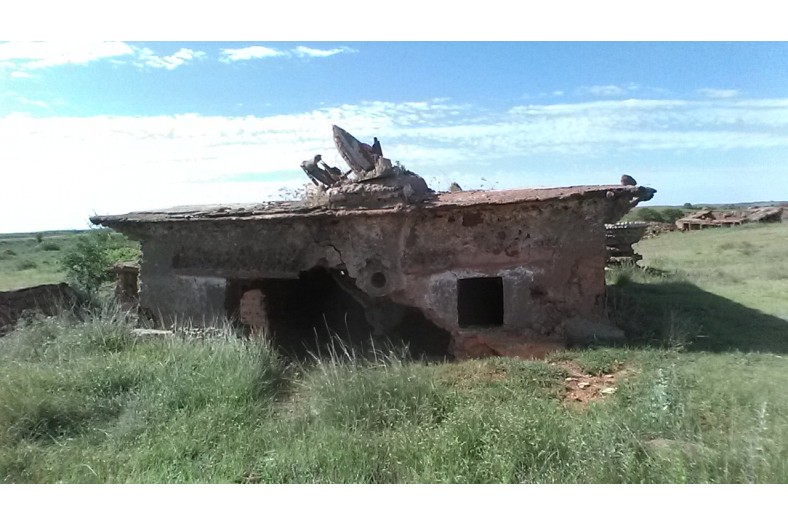
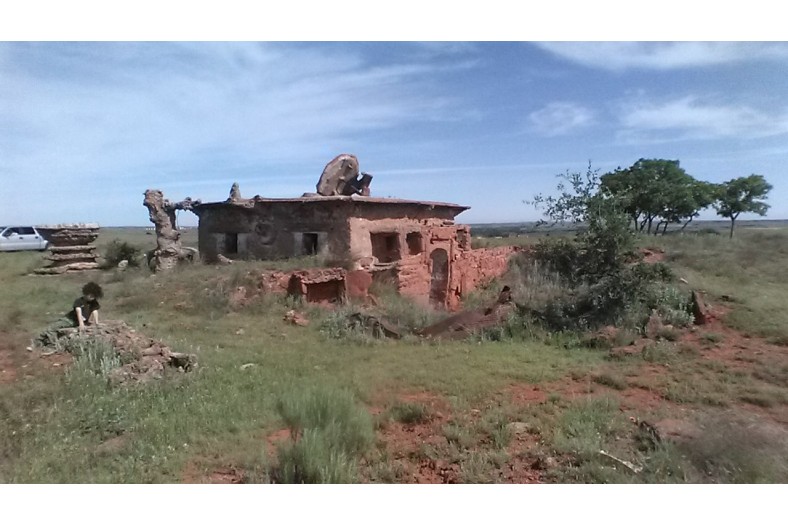
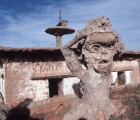
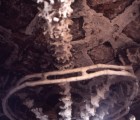
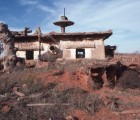
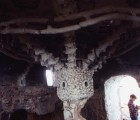
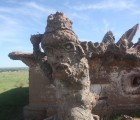
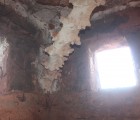
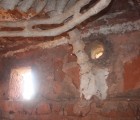
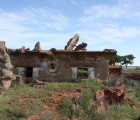
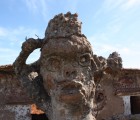
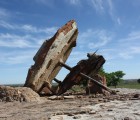
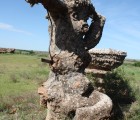
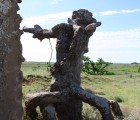
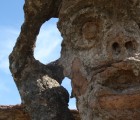
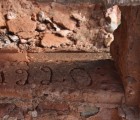
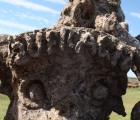
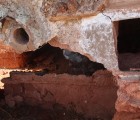
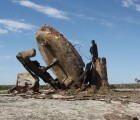
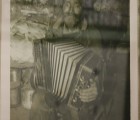
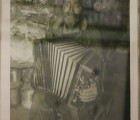
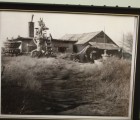
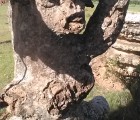
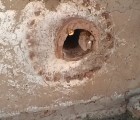
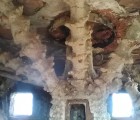
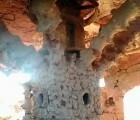
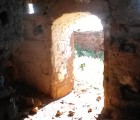
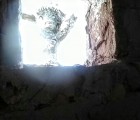
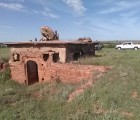
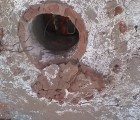
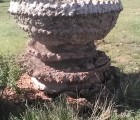
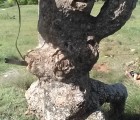
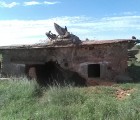
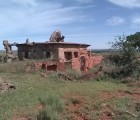
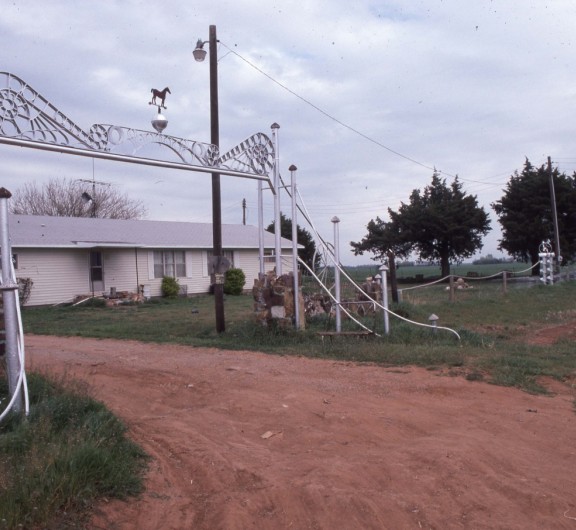
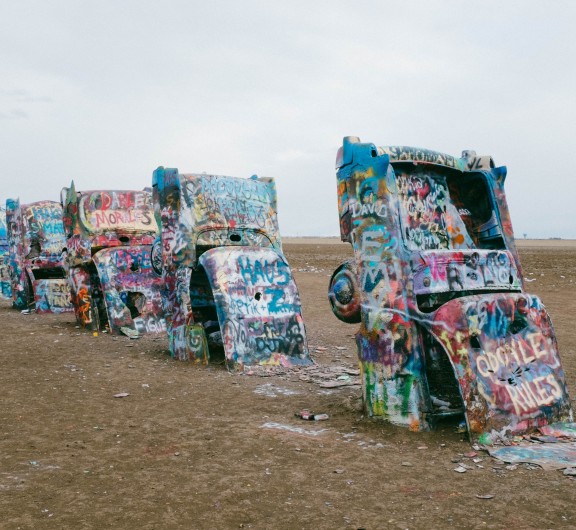
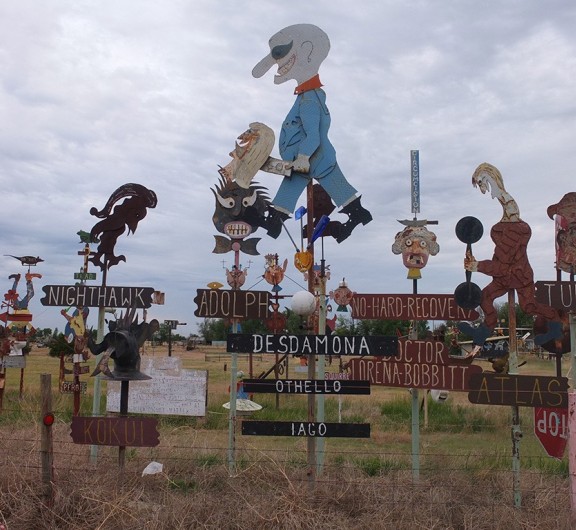
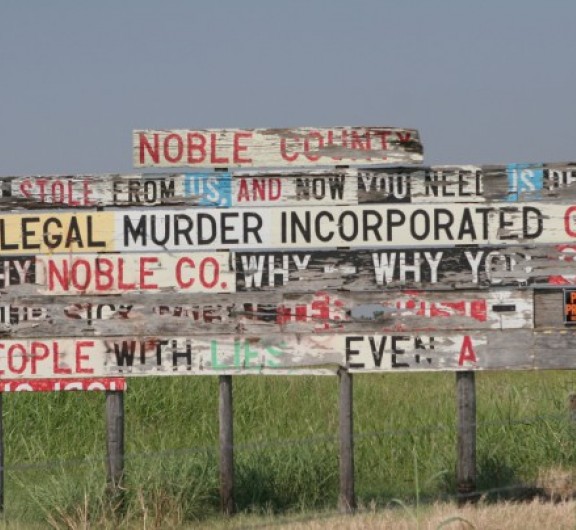
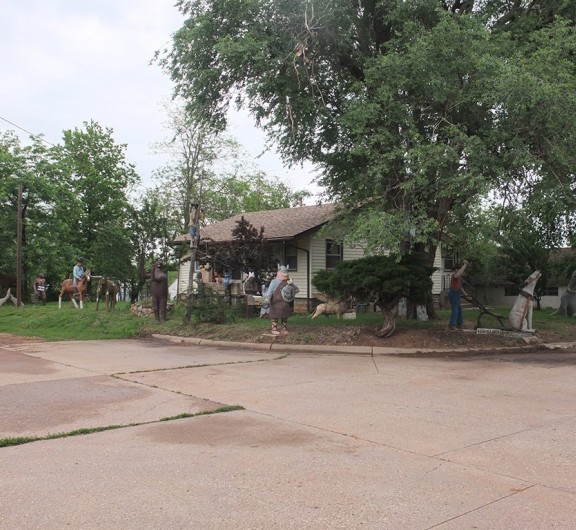
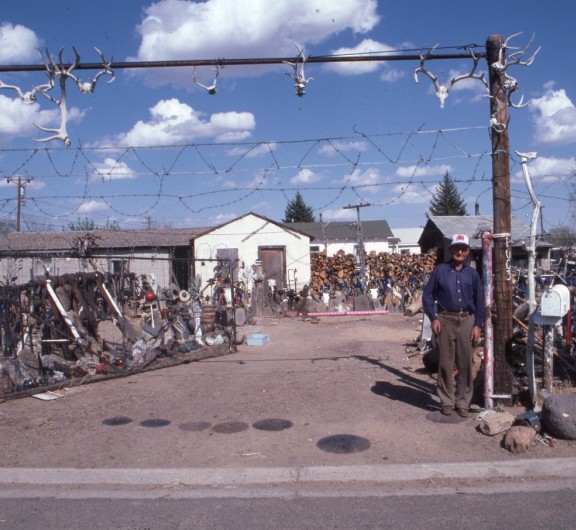

Post your comment
Comments
Susan Winnette January 28, 2022
My mother grew up in Roger Mills County, OK, where Joe Muhlbacher lived. Perhaps, the article author was being metaphorical, but his "bunker" was based on a common type of house half in the ground called a dugout. I admit that I've never heard of a dugout carved into the sandstone which Muhlbacher's home appears to be. Roger Mills is known for its sandstone. There was once an active sandstone quarry. The Crawford high school building, still standing and privately owned, is constructed of sandstone. Additionally, the earth in this region does not contain red clay. Clay is a dense, waxy material dug with only great difficulty. Honestly, though, I cannot tell you what causes the redness of the earth in that area. My mother was often in Cheyenne having been born nearby during the Great Depression. Much later in life, she reconnected with her first grade teacher. This teacher's husband was among the youth who visited Joe Muhlbacher's place. This youth, among others, listened and danced to the accordion. Joe Muhlbacher welcomed them. Here, I speculate that there was much talk also. I like to think the youth found it entertaining, interesting, insightful, and inspiring. This youth provided a very short account in his much later published book, Cemeteries of Roger Mills County (not the exact title). He grieved for the destruction of Joe's sculptures so happily presented to the residents of Cheyenne; people who had little, if any, exposure to so many centuries of fine art. Art that held the human body as God's great creation. My mother had a memory of being in a car with friends. One pointed to an old man walking along the road. They called him "old Joe Muhlbacher". My mother said he was wearing burlap stuffed with newspaper for shoes.